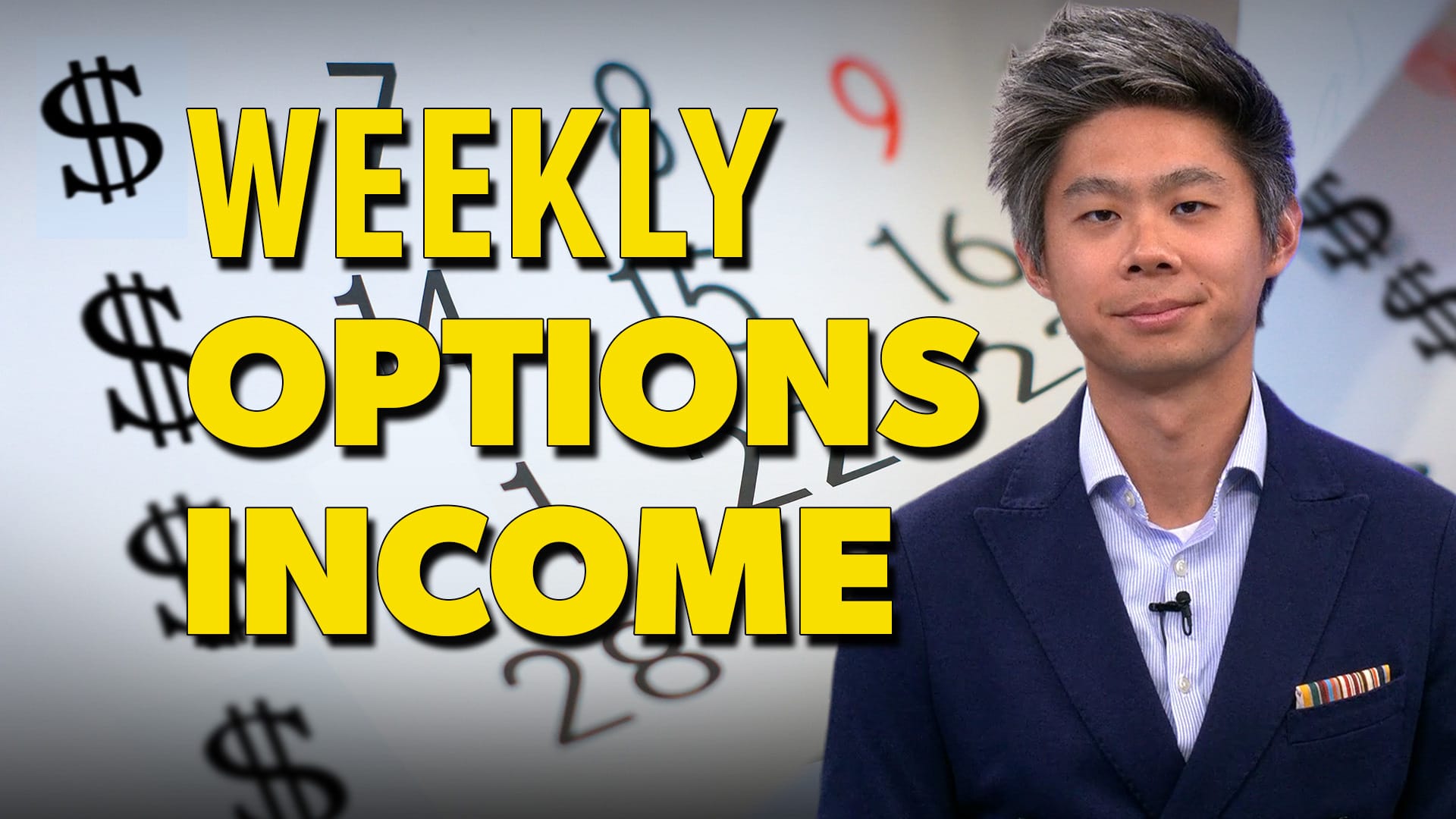EURO HAS BIGGEST DROP IN ITS HISTORY -- JUMP IN 3-MONTH T-BILL RATES SHOWS LESS FEAR -- MARKET REGAINS HALF OF YESTERDAY'S DROP -- FATE OF FINANCIALS MAY REST WITH CONGRESS
EURO PLUNGES ON EUROPEAN BAILOUTS ... I've mentioned several times that the recent rebound in the U.S. Dollar was mainly the result of falling foreign currencies, especially the Euro. Never was that more true than today. The Euro's -2.5% plunge against the dollar was the biggest drop in its nine-year history. The catalyst for the Euro drop was news of more bank bailouts in Europe. The daily bars in Chart 1 show the Euro gapping down against the dollar. In fact, all major currencies fell against the dollar today. Chart 2 shows the Power Shares US Dollar Bullish Index ETF (UUP) jumping 2.5% today. One market analyst referred to Europe's problems as evidence of "global contagion". A year ago Wall Street was pushing the misguided theory of "global decoupling". I wrote a Message on January 18 entitled: "Recent Theory of Global Decoupling is a Myth". I had pointed out as early as last December that global markets don't decouple and that foreign stocks and economies would follow the U.S. lower. Several foreign stock markets have since fallen further than the U.S. The recent drop in foreign currencies reflect their weakening economies. One of the main tenets of intermarket analysis is that global markets and economies are closely linked and don't decouple.

Chart 1

Chart 2
3-MONTH T-BILL RATES JUMP... Today's big stock rally pushed bond prices lower and yields sharply higher. Chart 3 shows the 10-Year Treasury Note Yield making back all of yesterday's drop on a burst of renewed optimism. Maybe even more important is today's jump in the 3-Month T-Bill Rate shown in Chart 4. Short-term rates plunged near zero earlier in the month as scared money moved into T-bills in an ultimate flight to safety. The short-term rate started bouncing on September 18 when the bailout bill was first reported (green arrow). It rose to the highest level in nearly two weeks today. That's a sign that investors may be less scared than they were two weeks ago. Higher short-term rates would be one sign that investor panic may be easing.

Chart 3

Chart 4
MARKET REGAINS HALF OF YESTERDAY'S LOSSES ... The Dow gained 485 (+4.7%) today to regain at least half of yesterday's huge loss. The S&P 500 rose 58 (+5.3%) to do the same. The hourly bars in Charts 5 and 6 compare the recent short-term action. Big board breadth showed a six-to-one positive ratio. Volume, however, was lighter than on yesterday. Today's rally was the result of renewed optimism on passage of the bailout bill. Although the bounce was certainly welcome, it didn't really change much. Prices still need to clear some overhead resistance barriers to reverse the current downtrend. All market groups rose today (with the exception of gold stocks). Energy stocks rebounded sharply. The top gainers, however, were financials (+7.4%). Banks and brokers rose 15% and 10% respectively.

Chart 5

Chart 6
FINANCIALS REBOUND ... Chart 7 shows the Financials Sector SPDR (XLF) trading sideways since mid-July. The ability to stay above its summer low is a positive sign. Chart 8 shows that banks have been a good deal stronger than brokers since July. The fate of the market depends to a large extent on the fate of financial stocks. And the fate of financials depends to a large extent on some positive action from Congress.

Chart 7

Chart 8

Chart 9
VIX DROPS ... Another positive sign was today's -15% drop in the CBOE Volatility (VIX) Index from long-term resistance near 45 reached yesterday (Chart 10). The VIX ended the day at 39. The 9-day RSI also shows the VIX having reached overbought territory over 70. A peak in the VIX would be a big help to the market. Seasonally, most previous VIX peaks from the 45 region have coincided with October market bottoms.

Chart 10








